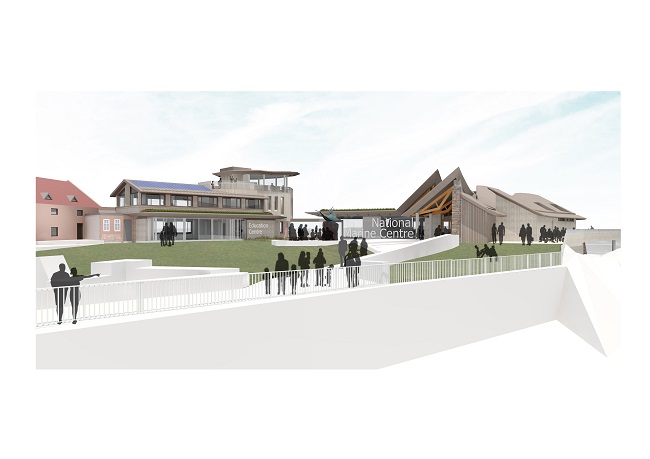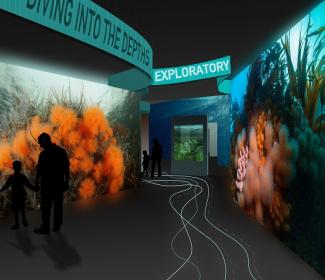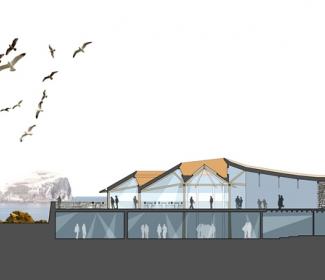Economic impact of proposed marine centre

Results from the Economic Impact Assessment of the proposed national marine centre in North Berwick have been shared by the Scottish Seabird Centre.
The independent report by EKOS estimates the new centre will generate output at the East Lothian level of £2.38 million per annum and support employment of 54 full time equivalent posts. At a national level, it will generate output at just over £1 million per annum and support 23 full time equivalent jobs.
The Scottish Seabird Centre also shared updated architectural plans for the project which aims to provide a hub for marine education, highlighting the international importance of Scotland’s marine life, as well as the threats they face, and presenting cutting-edge research taking place across the country.
The plans for the national marine centre have been updated following consultation which has been undertaken since March 2017. The designs have evolved and taken on a range of iterations to accommodate feedback from the community, staff and volunteers, supporters as well as East Lothian Council officers.
Andy Davey, Partner at Simpson & Brown - the architects who designed the existing Seabird Centre building, said:
"We have worked very hard to design a sensitive scheme on an important and challenging site, responding to the education and conservation objectives of the charity.
"The scheme will be able to accommodate the new education programmes and activities being developed in partnership with conservation and research organisations. The updated plans fit with the mix of buildings within the Conservation Area, minimise impact on the harbour and improve the public realm space. A Heritage Impact Assessment has been undertaken, following guidelines set out by Historic Environment Scotland. We strongly believe that this proposal will enhance the built landscape of the area in a similar way to the construction of the original Seabird Centre seventeen years ago.”
Tom Brock OBE, CEO of the Scottish Seabird Centre, adds: “The aim of the national marine centre is to build on the work undertaken by the Seabird Centre team by diversifying to incorporate the wider marine environment and wildlife above and below the waves, including seabirds.
"The economic impact at regional and national levels is significant and that coupled with our charitable objective to encourage people to protect and conserve the marine environment and wildlife for future generations reinforces the importance of this project.”
You can get more information on the Marine Centre on the Scottish Seabird Centre website.




